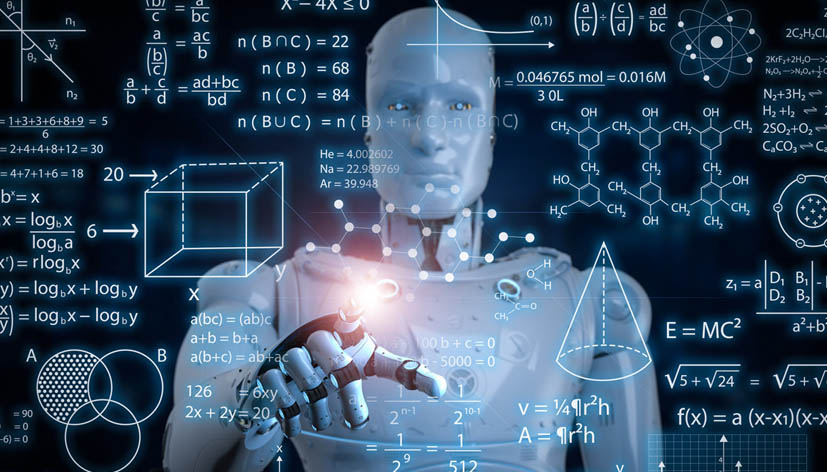Imagine a world where robots aren't just isolated machines performing pre-programmed tasks, but intelligent, interconnected entities collaborating to solve complex problems. This isn't science fiction; it's the burgeoning reality of the Internet of Robots (IoR). IoR promises to revolutionize industries, transform our daily lives, and usher in a new era of automation and efficiency. But what exactly is IoR, and what are its implications?
What is the Internet of Robots?
The Internet of Robots (IoR) is a network of robots, sensors, and other devices connected to the internet, allowing them to communicate, share data, and coordinate their actions. This connectivity enables robots to perform tasks more efficiently, adapt to changing environments, and learn from each other's experiences. It essentially transforms individual robots into a collective intelligence, capable of tackling challenges far beyond the capabilities of a single machine. This includes remote monitoring, predictive maintenance, and collaborative problem-solving across various industries.
Key Benefits and Applications of IoR
The benefits of IoR are vast and far-reaching. In manufacturing, IoR can enable predictive maintenance, reducing downtime and improving efficiency. In healthcare, IoR-connected robots can assist surgeons with complex procedures, deliver medication, and provide remote patient monitoring. Agriculture can benefit from IoR through automated crop monitoring, precision irrigation, and robotic harvesting. Logistics and warehousing are also being transformed by IoR, with robots automating tasks like sorting, packing, and transportation. The potential applications are truly limitless.
Challenges and Considerations
Despite its immense potential, IoR also presents several challenges. Security is a major concern, as connected robots are vulnerable to cyberattacks. Data privacy is another important consideration, as IoR systems generate vast amounts of data that must be protected. Interoperability is also crucial, as robots from different manufacturers need to be able to communicate and collaborate effectively. Furthermore, ethical considerations surrounding job displacement and the potential for autonomous decision-making must be addressed proactively. Addressing these challenges is essential to ensure the responsible and beneficial development of IoR.
The Future of IoR
The future of IoR is bright, with ongoing advancements in robotics, artificial intelligence, and networking technologies paving the way for even more sophisticated and capable IoR systems. We can expect to see increased adoption of IoR across various industries, leading to greater automation, efficiency, and innovation. As IoR becomes more prevalent, it will be crucial to address the ethical, social, and economic implications to ensure that this technology benefits society as a whole. The convergence of AI, IoT, and robotics will continue to drive the evolution of IoR, creating a future where humans and robots work together seamlessly.
- Key Takeaway 1: IoR connects robots to the internet, enabling communication and collaboration.
- Key Takeaway 2: IoR offers significant benefits across various industries, including manufacturing, healthcare, and agriculture.
- Key Takeaway 3: Security, privacy, and interoperability are key challenges that must be addressed.
Conclusion
The Internet of Robots represents a paradigm shift in the way we interact with technology. By connecting robots to the internet, we unlock a new level of intelligence, efficiency, and collaboration. While challenges remain, the potential benefits of IoR are undeniable. As we continue to develop and refine this technology, it's crucial to prioritize security, privacy, and ethical considerations to ensure that IoR serves humanity in a positive and meaningful way. The future is connected, and the future is robotic.
Automated post via TechCognita Automation Framework

Comments
Post a Comment